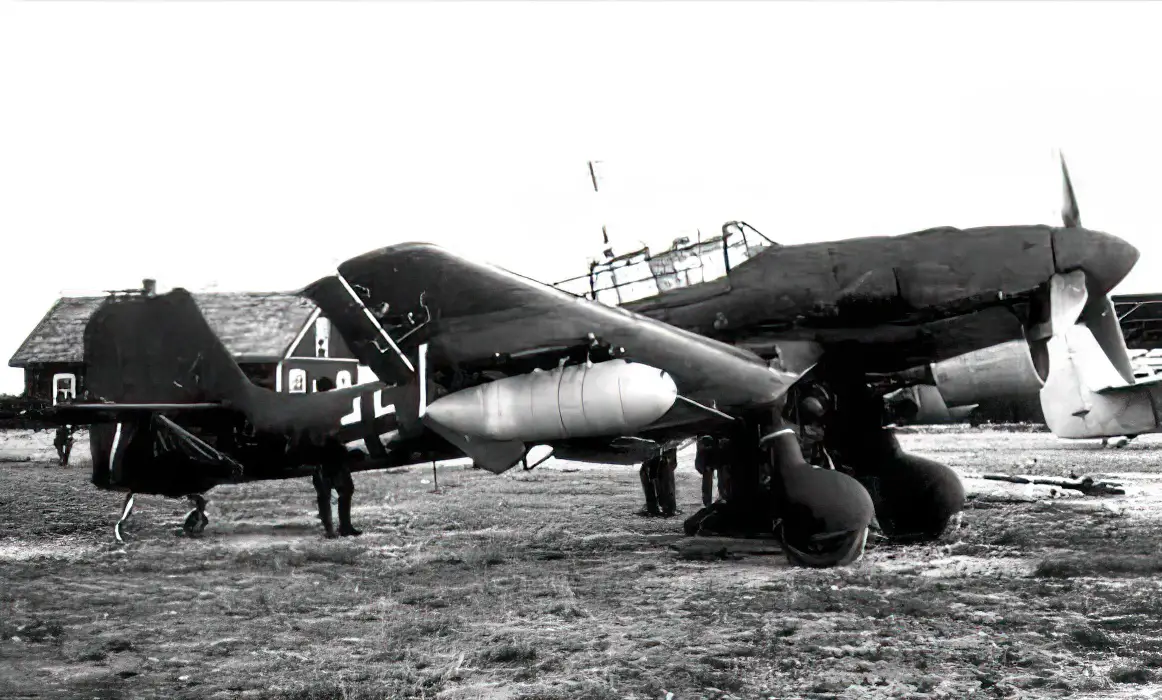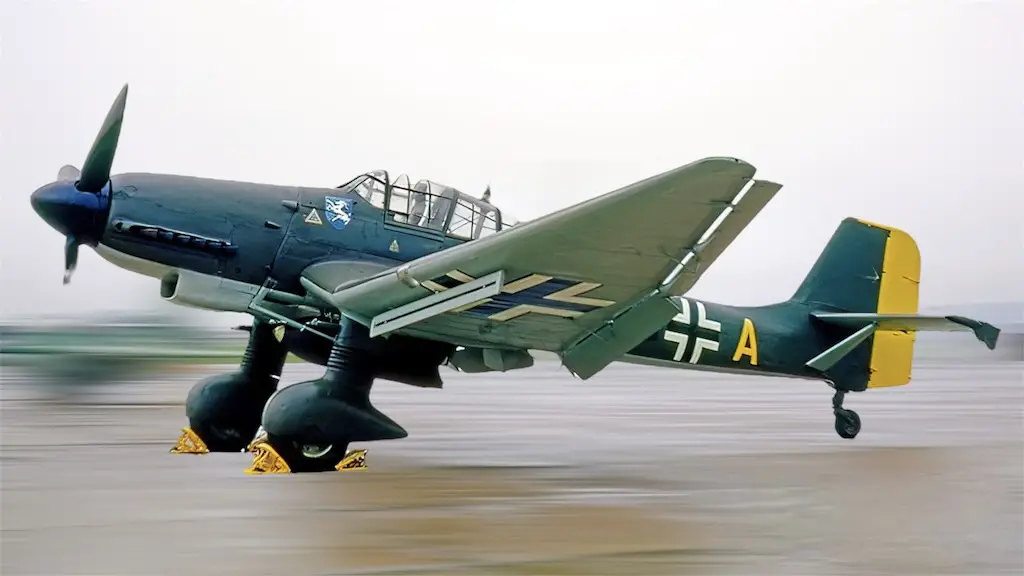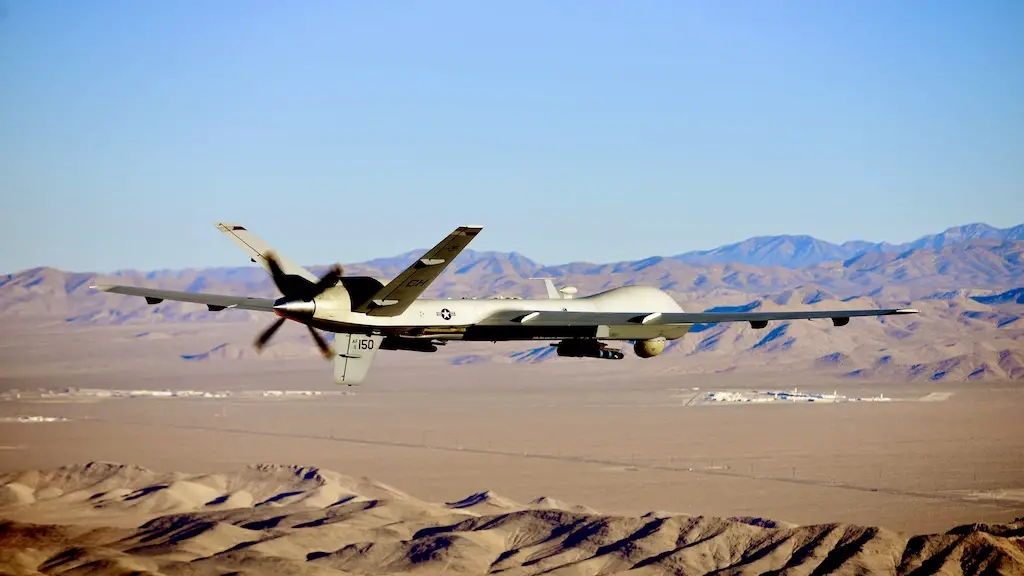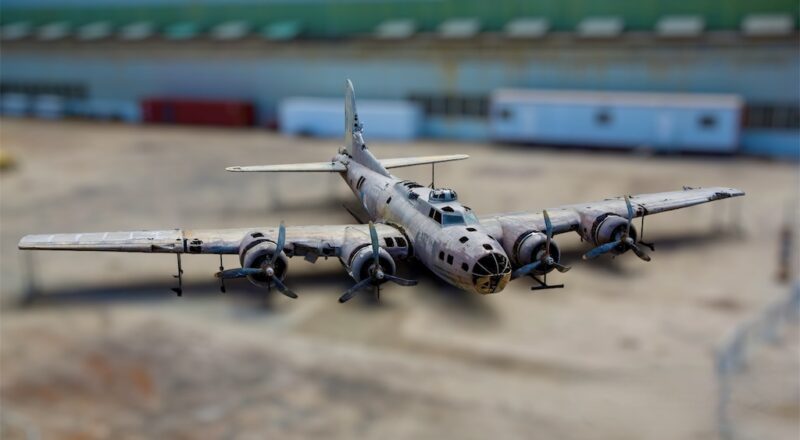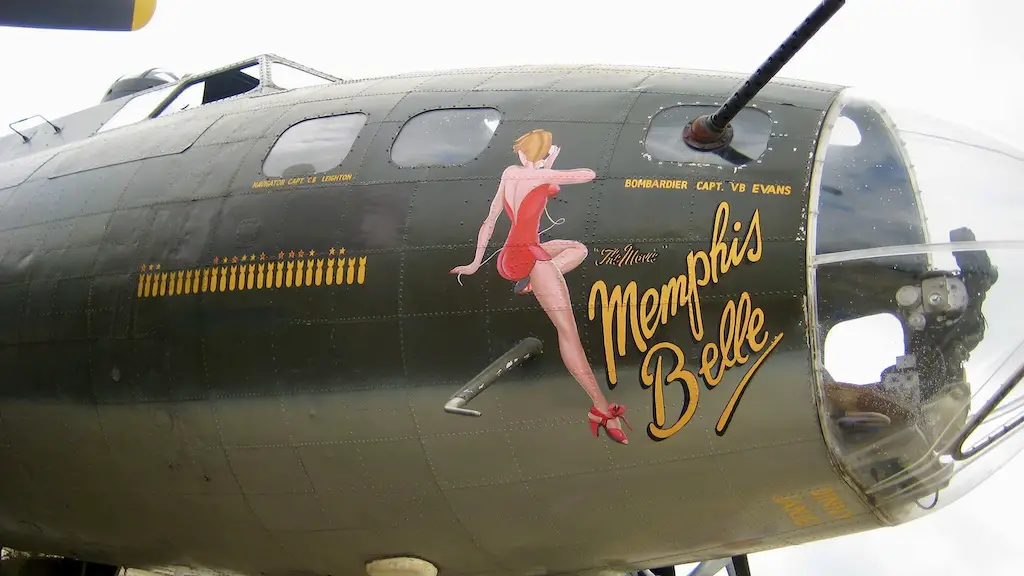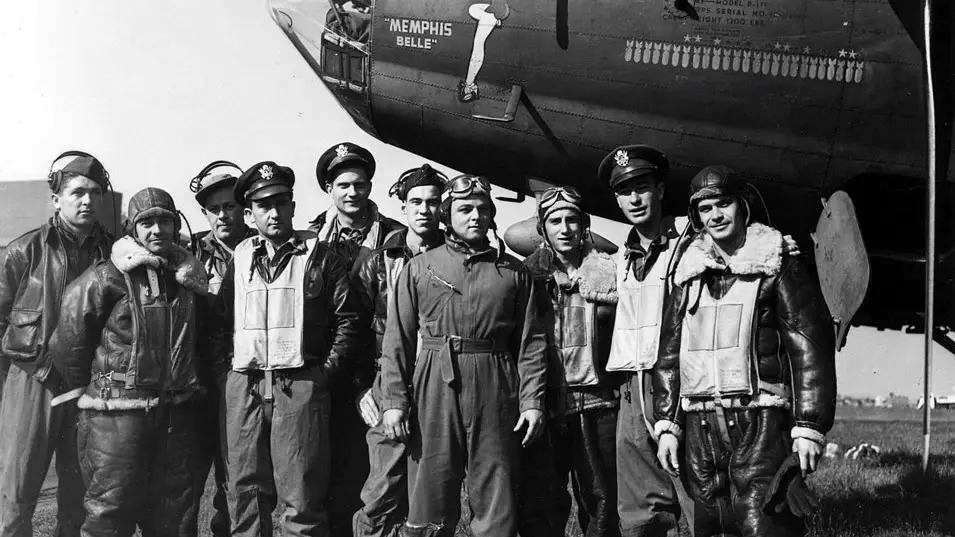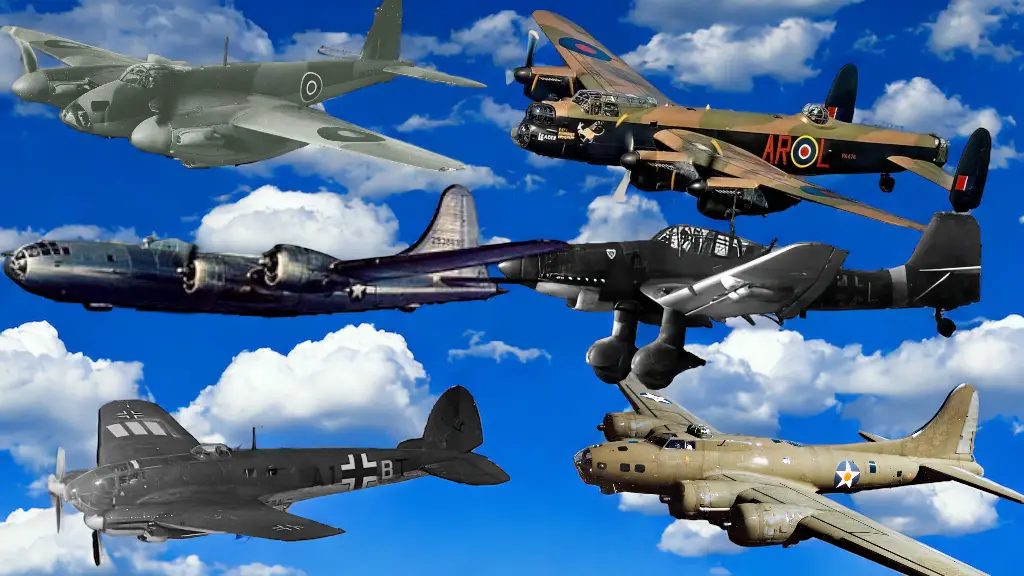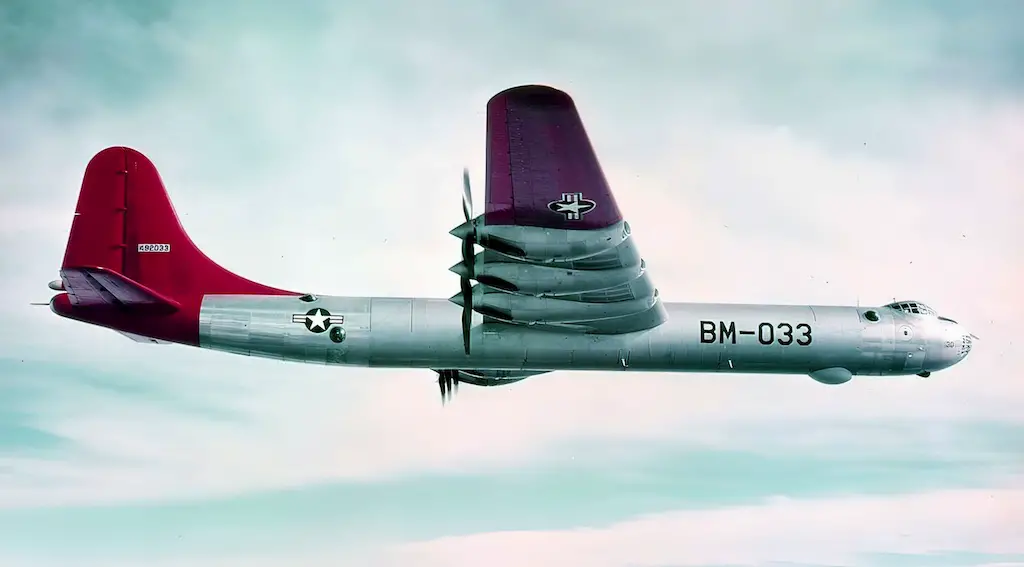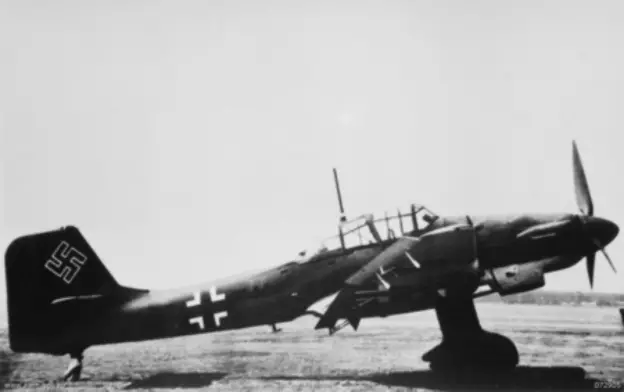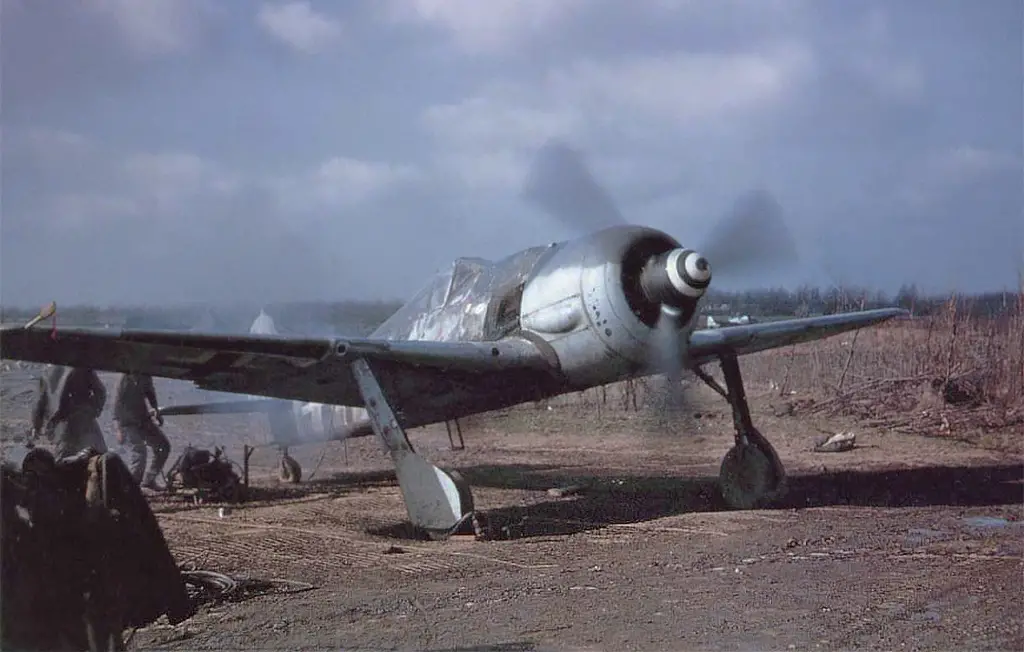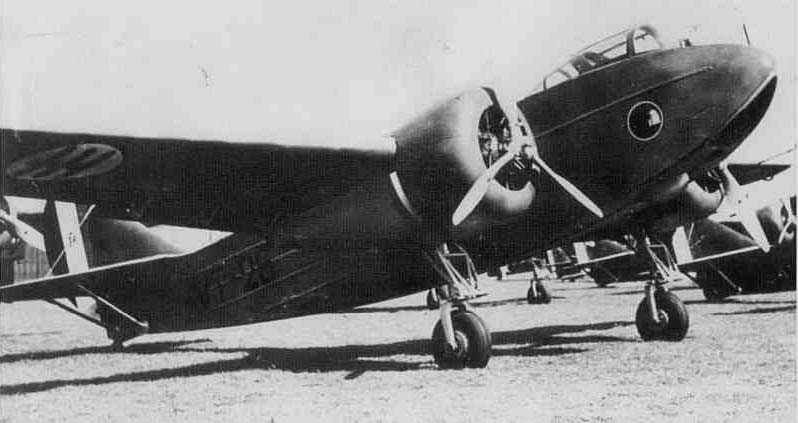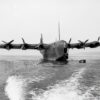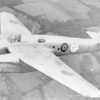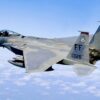The Junkers Ju-87 Stuka, a name etched in military aviation history, stands as a symbol of the German Luftwaffe’s might during World War II. This aircraft, with its unmistakable gull wings and wailing sirens, brought a new dimension to aerial warfare. While its image as a fearsome dive bomber is well-known, the Stuka’s story reveals layers of innovation, adaptability, and strategic significance that go beyond common knowledge. Let’s delve into five fascinating facts about this iconic warbird, shedding light on its lesser-known roles and enduring legacy.
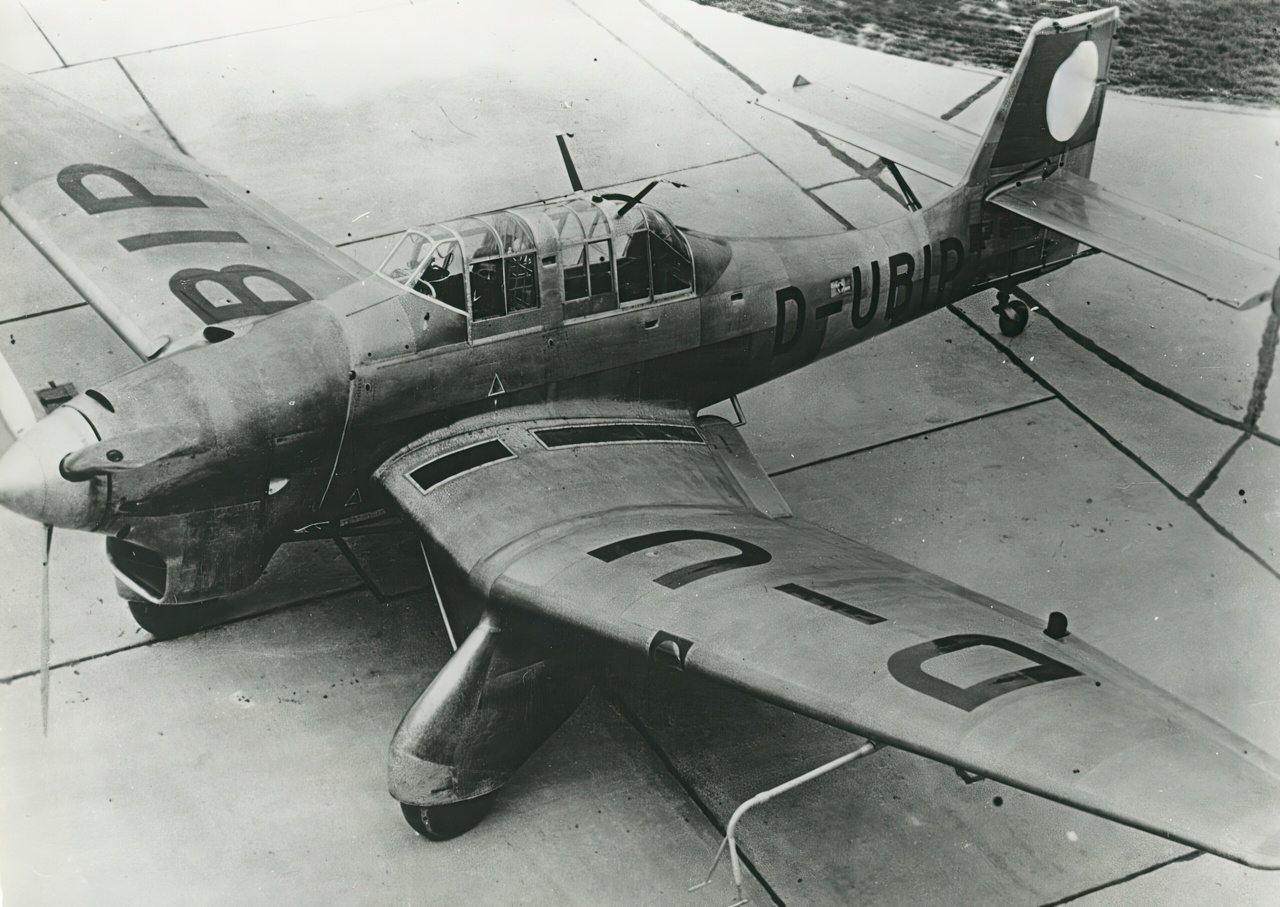
Versatility Beyond Dive Bombing
The Ju-87, commonly known as the Stuka (short for “Sturzkampfflugzeug”), is synonymous with the German blitzkrieg’s vertical dive bombing tactics. However, its role evolved significantly during World War II. On the Eastern Front, facing a formidable array of Soviet tanks, the Germans repurposed the Stuka into an anti-tank platform. This variant, known as the Gustav, boasted 37 millimeter guns on wing-mounted pods. Originally modified from existing D models, these aircraft later received the G designation. The removal of dive brakes altered their attack strategy, leading to lower altitude, shallow angle strikes primarily against advancing Soviet armor.
Famed Stuka ace Hans Ulrich Rudel was a pioneer of this variant, using it to achieve most of his tank destruction feats. The Gustav, slower and more susceptible to enemy fire, marked the final evolution of the Stuka, with no further versions developed post-war.
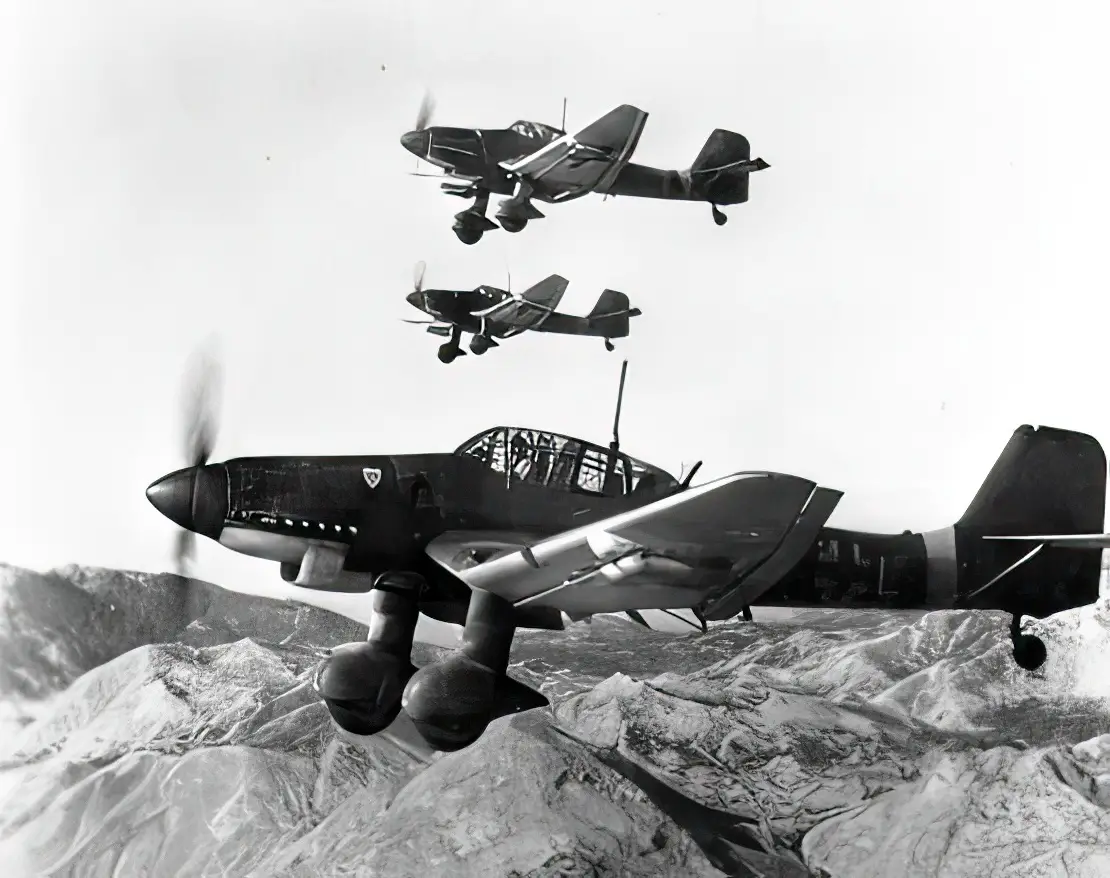
Pioneering the Automatic Rollout System
The Stuka’s iconic dive bombing, executed at steep angles between 60 and 90 degrees, pushed the aircraft to speeds of 500-600 km/h, requiring immense g-forces for pull-out maneuvers. This physical demand led to the introduction of an automatic rollout system, a groundbreaking feature for its time. Pilots would set a contact altimeter for the desired pull-out altitude, with lower altitudes offering greater bombing precision but also higher g-forces.
A critical aspect of this system was its ability to take control if the pilot blacked out or was incapacitated. The bombing procedure involved visual target identification, throttle and radiator adjustments, and sometimes activation of the Jericho trumpets for psychological impact. A sound signal indicated the optimal bomb release point, triggering the dive recovery system.
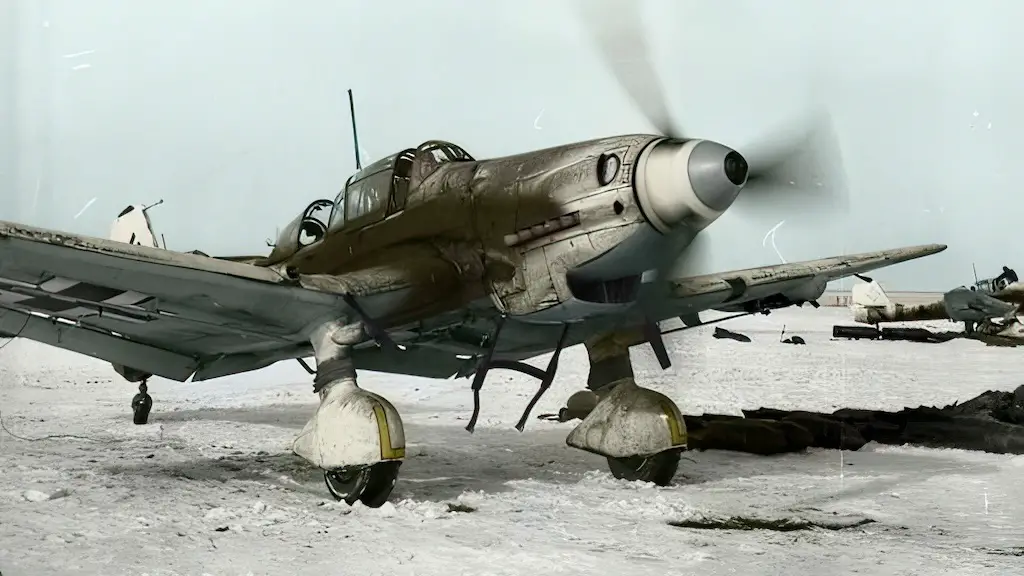
Dominance in Anti-Shipping Missions
Contrary to popular images of Stukas targeting land installations, their effectiveness against naval targets is a lesser-known but significant aspect of their wartime service. The Norwegian campaign highlighted this capability, with Stukas damaging and sinking several Allied ships including the HMS Bittern, HMS Afridi, and the French destroyer Bison. Their prowess continued during the Battle of Britain, where they sank five ships in a single day. In the Mediterranean, they notably damaged the HMS Illustrious. Even on the Eastern Front, where naval engagements were less common, Stukas, notably under Hans-Ulrich Rudel, successfully targeted enemy warships.
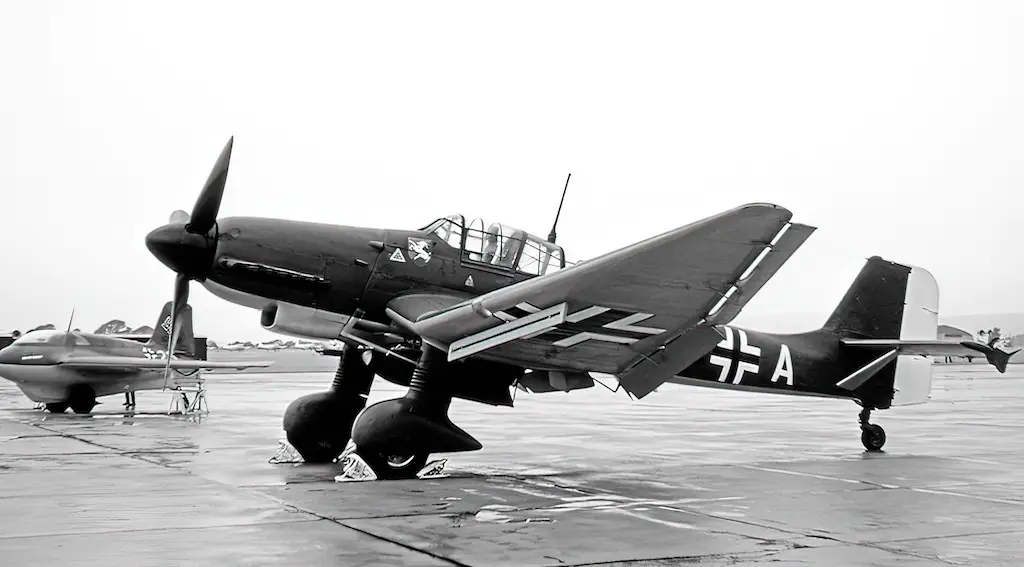
Widespread Use by Axis Allies
The Ju-87’s utility extended beyond the German Luftwaffe, with most of Germany’s European allies adopting the aircraft. Italy, having failed with its Savoia-Marchetti SM.85, acquired Stukas, renaming them Picchiatello, which means “slightly crazy” but also relates to aerial diving. Romanian forces used Stukas actively against Soviet targets until their 1944 defection, after which they turned against German and Hungarian forces. Similarly, Hungary and Bulgaria utilized Stukas in their combat operations until they were overrun by Soviet advancements.
Irreplaceable Until War’s End
Despite its vulnerability to enemy fighters, identified as early as 1940, the Stuka remained in production and active service until 1944. As the war progressed, the Focke-Wulf Fw 190 began replacing it in some roles, but Stukas continued to see action. Even as the Soviet army approached Berlin, Stukas played a crucial role, with one group accounting for the destruction of 149 T-34 tanks in the war’s final stages. The Stuka’s persistence in the Luftwaffe, despite emerging technological advancements, underscores its strategic importance and versatility.
